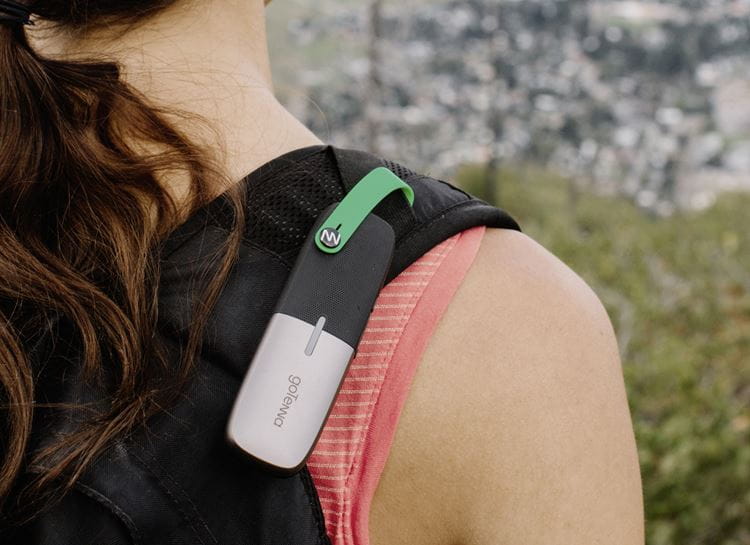Audio
Unleash the full potential of Bluetooth LE Audio with Nordic


goTenna Mesh and goTenna Pro employ rechargeable li-Poly batteries, in the case of goTenna Mesh achieving a battery life of 24 hours on standby between recharge. goTenna Pro achieves an operational battery life of more than 60 hours between recharge.
Nordic’s nRF52832 Bluetooth LE SoC, a member of Nordic’s sixth generation of ultra low power (ULP) wireless connectivity solutions, combines a 64MHz, 32-bit ARM® Cortex® M4F processor with a 2.4GHz multiprotocol radio (supporting Bluetooth 5, ANT™ and proprietary 2.4GHz RF software) featuring -96dB RX sensitivity, with 512kB Flash memory and 64kB RAM. When launched, the SoC was the world’s highest performance single-chip Bluetooth LE solution, delivering up to 60 percent more generic processing power, offering 10 times the Floating Point performance and twice the DSP performance compared to competing solutions.
“We have had previous experience working with Nordic on our first product and at that time we chose Nordic because it had the most power efficient chip we could find,” says Jorge Perdomo, Co-Founder and Vice President of goTenna. “When goTenna was making the decision about what chip to use for future devices we were specifically interested in Bluetooth 4.2 because of our higher throughput requirement. Nordic was the first company to bring a Bluetooth 4.2 SoC to market, and this greatly influenced our decision to use the company’s technology.
“Another important factor in our decision to partner with Nordic was the robustness of the SoftDevice [Nordic’s Bluetooth LE RF protocol software] and the flexibility of the company’s Software Development Kit [SDK],” continues Perdomo. “The SoftDevice and SDK accelerated our development because we could skip some of the lower level configurations that can often cause issues and more rapidly progress to our application specific software development.”
Unleash the full potential of Bluetooth LE Audio with Nordic